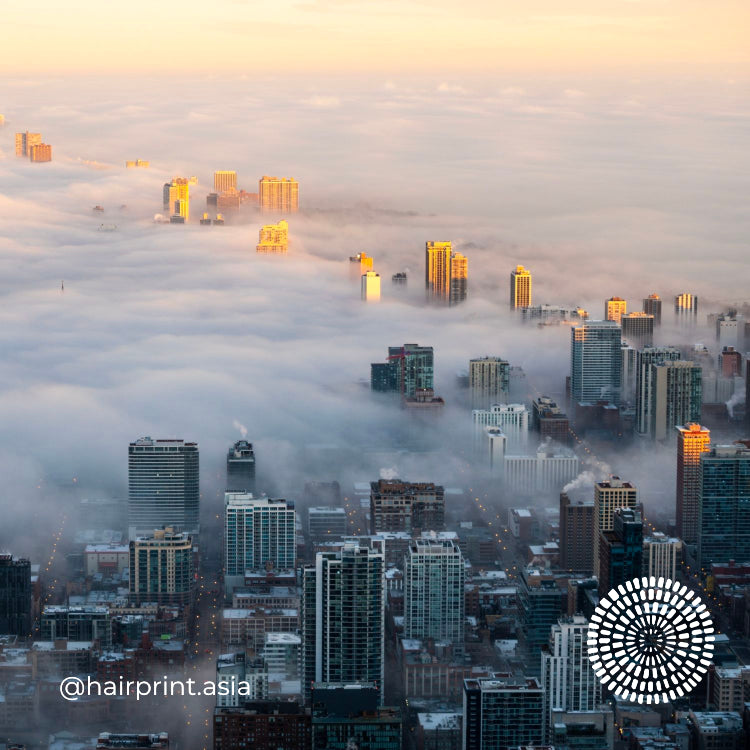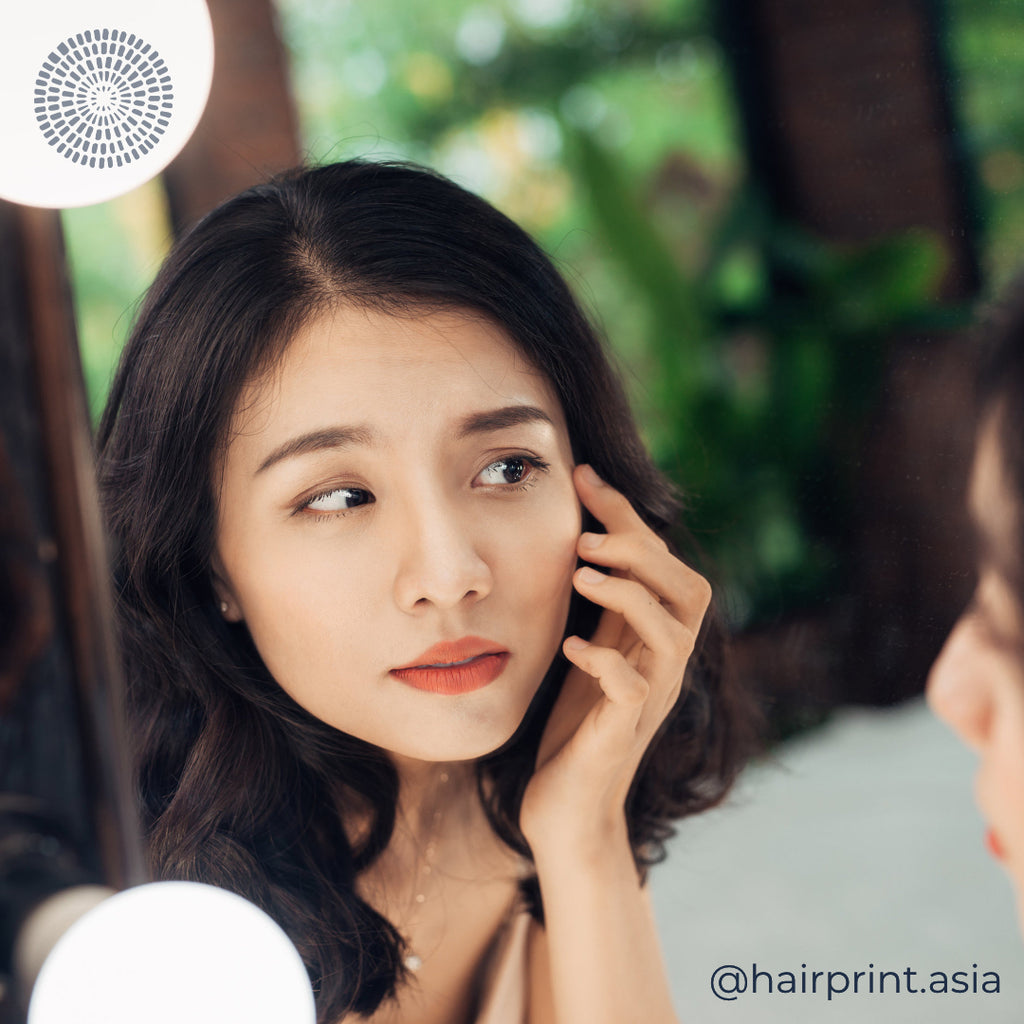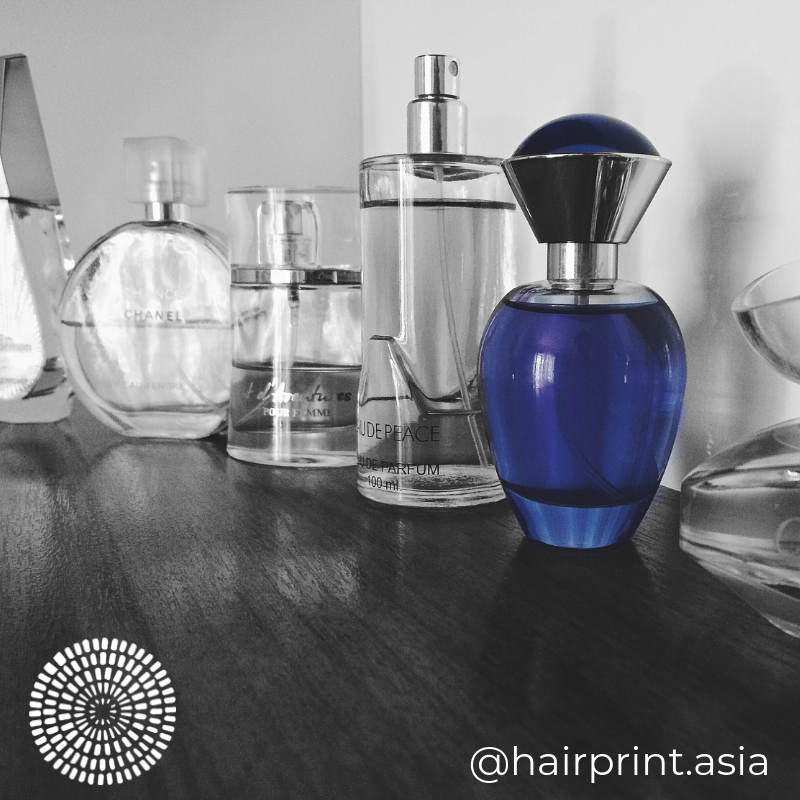Top 10 Chemicals to Avoid In Your Beauty Products

If you are reading this blog, chances are that you are already a conscientious consumer trying to limit the toxin load on your family and yourself. As you may already know, there are tons of chemicals in your products, many of which are toxic and get absorbed by your body. The beauty industry has almost no regulation, which unfortunately leaves the door wide open for companies to focus on their bottom line and not on the long term health of their consumers. Here are our top 10 most commonly used chemicals you should avoid.
Synthetic colors. If your product label has the letters FD&C or D&C, that means that they have artificial colors. F represents food and D&C representing drug and cosmetics. These letters precede a color and number (for example, D&C Red 27 or FD&C blue 1). These synthetic colors are derived from petroleum or coal tar sources. Synthetic colors are suspected to be a human carcinogen, a skin irritant and are linked to ADHD in children. The European Classification and Labeling considers it a human carcinogen and Canada, Brazil, China and European Union have banned it.
Parabens. Parabens are widely used preservatives that prevent the growth of bacteria, mold and yeast in cosmetic products. So far so good, right? However, Parabens possess estrogen-mimicking properties that are associated with increased risk of breast cancer. These chemicals are absorbed through the skin and have been identified in biopsy samples from breast tumors. They can be found in makeup, body washes, deodorants, shampoos and facial cleansers. You can also sometimes find them in food and pharmaceutical products.
Fragrance. So what does "fragrance" mean anyway? The term was created to protect a company's "secret formula" for a particular product. Because it is a trade secret, companies are not required to disclose the ingredients of their fragrance. So you could be putting on a concoction that contains tons of chemicals that are hazardous to your health. According to the Environmental Working Group (EWG) Skin Deep Database, fragrance mixes have been associated with allergies, dermatitis, respiratory distress and potential effects on the reproductive system. It can be found in many products such as perfume, cologne, conditioner, shampoo, body wash and moisturizers. Not to mention almost all cleaning products too!
Triclosan. Tricolson is widely used antimicrobial chemical that's a known endocrine disruptor -- especially thyroid and reproductive hormones, and a skin irritant. Studies raise concerns that triclosan contributes to making bacteria antibiotic-resistant. Did you know that there is no supporting evidence that washing with antibacterial soaps is better than using regular soap? Tricolson can be found in toothpastes, antibacterial soaps and deodorants.
Phthalates. Are a group of chemicals used to increase the flexibility and softness of plastics. The main phthalates in cosmetics and personal care products are dibutyl phthalate in nail polish, diethyl phthalate in perfumes and lotions, and dimethyl phthalate in hair spray. They are known to be endocrine disruptors and have been linked to increased risk of breast cancer, early breast development in girls, and reproductive birth defects in males and females. Unfortunately, it is not disclosed on every product as it's often added to fragrances a major loophole in the law. They can be found in nail polish, deodorants, perfumes/colognes, hair sprays and moisturizers.
Sodium lauryl sulfate (SLS) / Sodium laureth sulfate (SLES). This surfactant can be found in more than 90 percent of personal care and cleaning products (pretty much anything that foams). SLS's are known to be skin, lung, and eye irritants. A major concern about SLS is its potential to interact and combine with other chemicals to form nitrosamines, a carcinogen. These combinations can lead to a host of other issues like kidney and respiratory damage. They can be found in shampoo, body wash/cleanser, mascara and acne treatment.
Formaldehyde. Formaldehyde and formaldehyde-releasing preservatives (FRP's) preservatives are used in many cosmetic products to help prevent bacteria growth. This chemical was deemed as a human carcinogen by The International Agency for Research on Carcinogens (IARC) and has been linked to occupational related cancers: nasal and nasopharyngeal. It is known to cause allergic skin reactions and it may also be harmful to the immune system. It can be found in nail polish, body washes, conditioners, shampoos, cleansers, eye shadows, nail polish treatments.
Sunscreen chemicals. Commonly known as benzophenone, PABA, avobenzone, homosalate and ethoxycinnmate. These chemicals function as a sunscreen agent, to absorb ultraviolet light. They are believed to be endocrine disruptors and are easily absorbed into the body. They may also cause cellular damage and cancer in the body. They can be found in sunscreen products.
Propylene glycol. Propylene glycol is a small organic alcohol commonly used as a skin-conditioning agent. It's classified as a skin irritant and penetrator. It has been associated with causing dermatitis as well as hives in humans -- these sensitization effects can be manifested at propylene glycol concentrations as low as 2 percent. It can be found in moisturizers, sunscreen, makeup products, conditioners, shampoo and hair sprays.
Toluene. A petrochemical derived from petroleum or coal tar sources. You may see it on labels listed as benzene, toluol, phenylmethane, methylbenzene. Toluene is a potent solvent able to dissolve paint and paint thinner. It can affect your respiratory system, cause nausea and irritate your skin. Expecting mothers should avoid exposure to toluene vapors as it may cause developmental damage in the fetus. Toluene has also been linked to immune system toxicity. It can be found in nail polish, nail treatments and hair color/bleaching products.
Although it is impossible to avoid every single synthetic chemical, you can do your part in limiting the amount of toxins your body is exposed to. The best way is to read the labels on beauty products just as you would do for food products. Be sure to: eat clean, avoid chemical-laden processed foods, drink plenty of filtered water and look for products that are certified organic if you want to avoid these toxic chemicals.
Be sure to check out the EWG's Skin Deep Database to research toxic chemicals that could be in your cosmetic and personal care products.
https://cspinet.org/eating-healthy/ingredients-concern/food-dyes
https://www.iflscience.com/health-and-medicine/banned-europe-safe-us/
https://www.ncbi.nlm.nih.gov/pubmed/20368132
https://www.atsdr.cdc.gov/phs/phs.asp?id=218&tid=39
https://www.ncbi.nlm.nih.gov/pubmed/16922622
http://www.safecosmetics.org/get-the-facts/chemicals-of-concern/formaldehyde/
https://www.ewg.org/sunscreen/report/the-trouble-with-sunscreen-chemicals/
http://www.ewg.org/skindeep/ingredient/705315/PROPYLENE_GLYCOL/#







